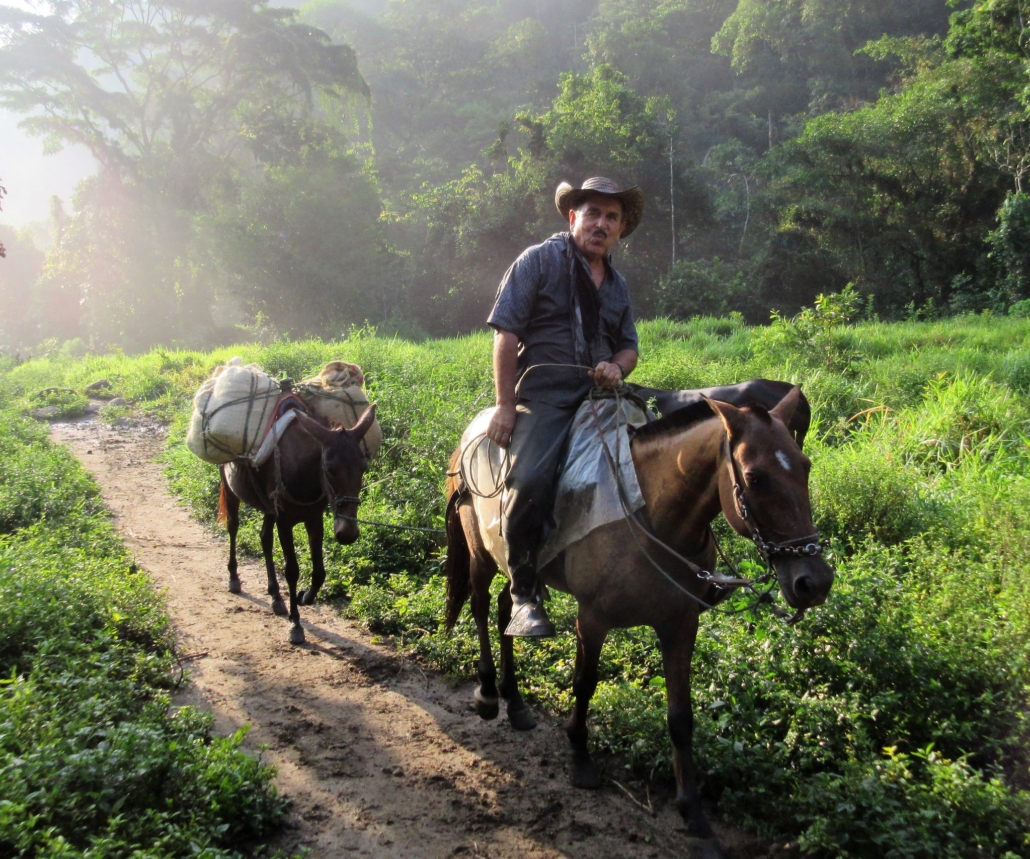 HIV/AIDS infection and treatment are consistent concerns that health organizations in Italy are levying. Since high infection numbers in the early 21st century, rates of diagnoses have decreased from 3,858 in 2013 to 1,888 in 2022 according to WHO. Still, the health risk of the disease remains prevalent. Poverty can be an obstacle for seeking diagnosis and treatment for HIV/AIDS in Italy. Universal health services provide a great resource for those experiencing poverty. Currently, hospitals and health organizations in Italy are developing programs to make this impact more wide-spread.
HIV/AIDS infection and treatment are consistent concerns that health organizations in Italy are levying. Since high infection numbers in the early 21st century, rates of diagnoses have decreased from 3,858 in 2013 to 1,888 in 2022 according to WHO. Still, the health risk of the disease remains prevalent. Poverty can be an obstacle for seeking diagnosis and treatment for HIV/AIDS in Italy. Universal health services provide a great resource for those experiencing poverty. Currently, hospitals and health organizations in Italy are developing programs to make this impact more wide-spread.
The Ministry of Health and other national organizations are working towards spreading awareness, providing testing and developing medication. They hope to eliminate the possibility of HIV infection altogether. Many institutions have created goals which aim to reduce the number of new diagnoses and provide equitable treatment and counseling to all residents of Italy, regardless of their financial situation.
Injective PrEP Could Prevent HIV/AIDS in Italy
In December 2024, The National Institute for Infectious Diseases (IRCCS) and the Regional Hospital of Lombardy (ASST) collaborated on a solution-oriented program. Authorities in health spoke about emerging technologies at the national health conference, “Long-Acting Retrovirals–looking to the future.” The goal is to investigate and approve PrEP (pre-exposure prophylaxis) as a preventative measure against HIV/AIDS in Italy. Currently, the only available form of PrEP is the once-daily pill.
PrEP is a medication that reduces the risk of contracting HIV when individuals who are at-risk for infection take it. In the United States, the FDA has approved both the oral and long-acting injective forms of PrEP.
The Italian initiative will provide controlled access to the injective method for 800 individuals and monitor their response. These health servicers wish to provide an alternative to at-risk people who have difficulty accessing or using the oral method. Injective PrEP allows for longer periods between intake compared to the daily oral method.
“Three Times Zero”
To commemorate International Day Against AIDS in Italy (December 1, 2024), IRCCS held a health conference. Many Italian changemakers attended including the Minister of Health, Orazio Schillaci, and the Director General of Health of the Lazio Region, Andrea Urbani.
IRCCS aims to promote the goal of “three times zero against HIV: zero risk of transmission, zero diagnoses and deaths, zero stigma and discrimination.” Powerful entities such as the Italian Red Cross signed the protocol. It sets the precedent for advances in prevention and treatment. It also addresses the marginalization that those with HIV in Italy experience.
Likewise, this protocol acknowledges the groups of Italian residents facing a disproportionate risk of contracting HIV. This includes men who have sex with men, foreign-born migrants and injective drug users.
The DiMePReJ (Clinic of Infectious Diseases, Department of Precision and Regenerative Medicine and Ionian Area) found that individuals living in marginalized conditions have higher rates of infection. Risk factors include “financial difficulties and lack of secure housing.”
UNAIDS argues that the fight against HIV/AIDS cannot succeed without upholding the human rights of those suffering from the disease.
Free Testing for HIV/AIDS in Italy
Accessible testing and education are vital to the reduction of HIV infections, especially among marginalized communities. Many free and readily accessible testing methods are available in major cities of Italy. “Let’s do it quick” (facciamolo rapido) launched in 2017 to provide an alternative to the typical blood test for HIV and HCV. This innovative test offers results by testing the saliva, removing the risk of blood contamination among health workers.
This program supplements “room 13” (stanza 13) at IRCCS in Rome. The institute offers blood tests for HIV and Syphilis at no cost with same-day results. It also provides free counseling for those seeking preventive measures or treatment information. Search engines are readily available online for residents to locate their closest testing and counseling facility.
Vaccine Development
New developments are on the horizon. The Higher Institute of Health (ISS) in Italy partnered with the European HIV Alliance in 2016 to support its development of an HIV vaccine. The EU’s Horizon 2020 Research and Innovation program provided funding for their work. The alliance hoped to develop two new prophylactic vaccine candidates for clinical development using a multidisciplinary vaccine platform (MVP) and further identify scientific basis for continued research.
Although the alliance has concluded, clinical trials for their vaccine, “EHVA P01” continued. Trials concluded at the end of 2024 with pending results. Scientists aimed to test the efficacy of a vaccine for HIV-uninfected adults. A preventative vaccine for HIV in Italy could reduce infection rates by large margins.
Global Collaboration Against HIV/AIDS
Still, many trials for preventative and therapeutic HIV vaccines are ongoing. Italy is one actor in an international mission to reduce–and eventually eliminate–the risk of infection for HIV. Health authorities are employing both preventative and therapeutic measures to address at-risk and infected individuals. Programs like “Three Times Zero” are reducing the stigma surrounding the disease and those who carry it. National hospitals, like IRCCS, have the potential to close the infection gap between income and population groups by continuing to provide free and accessible health services. Scientific collaboration in Italy has led to emerging treatments that indicate an HIV-free future.
– Sarah Lang
Sarah is based in Pittsburgh, PA, USA and focuses on Technology and Politics for The Borgen Project.
Photo: Pexels
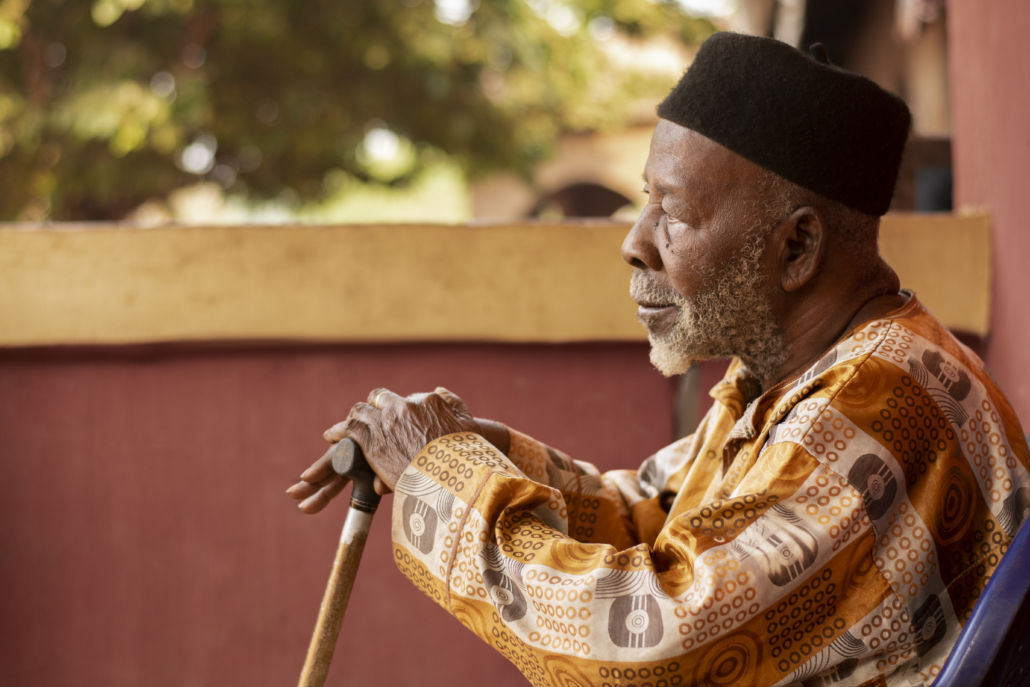
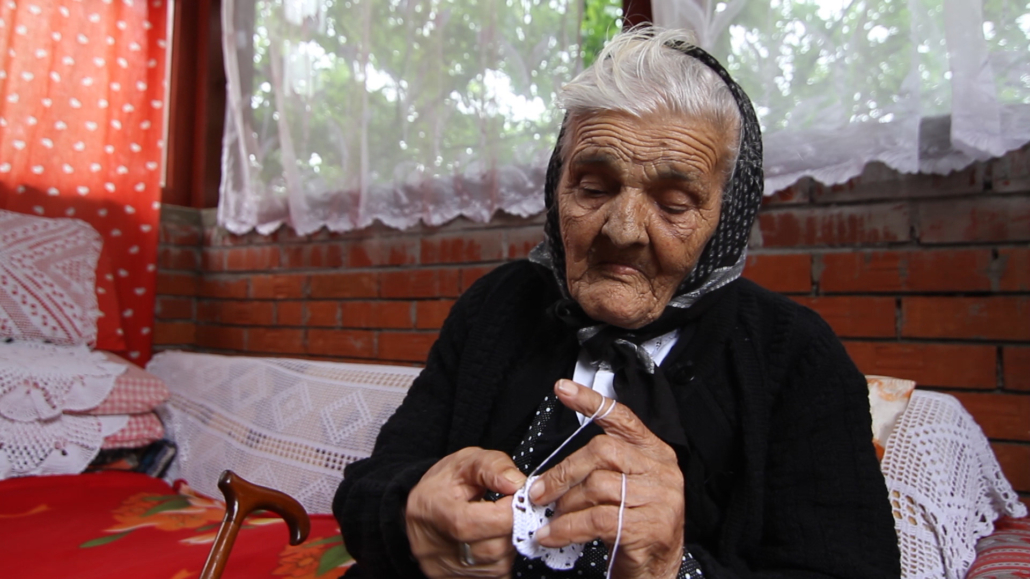
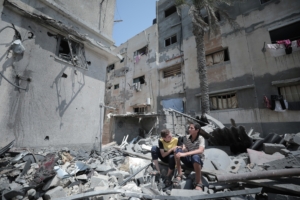
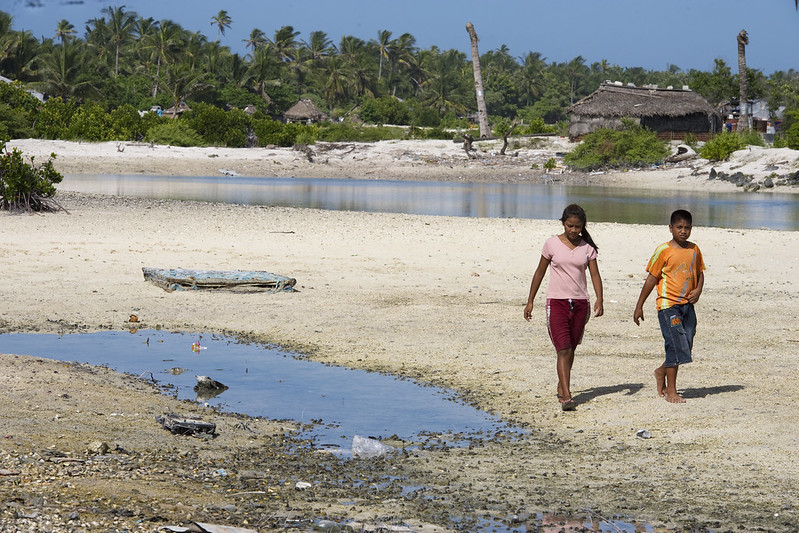
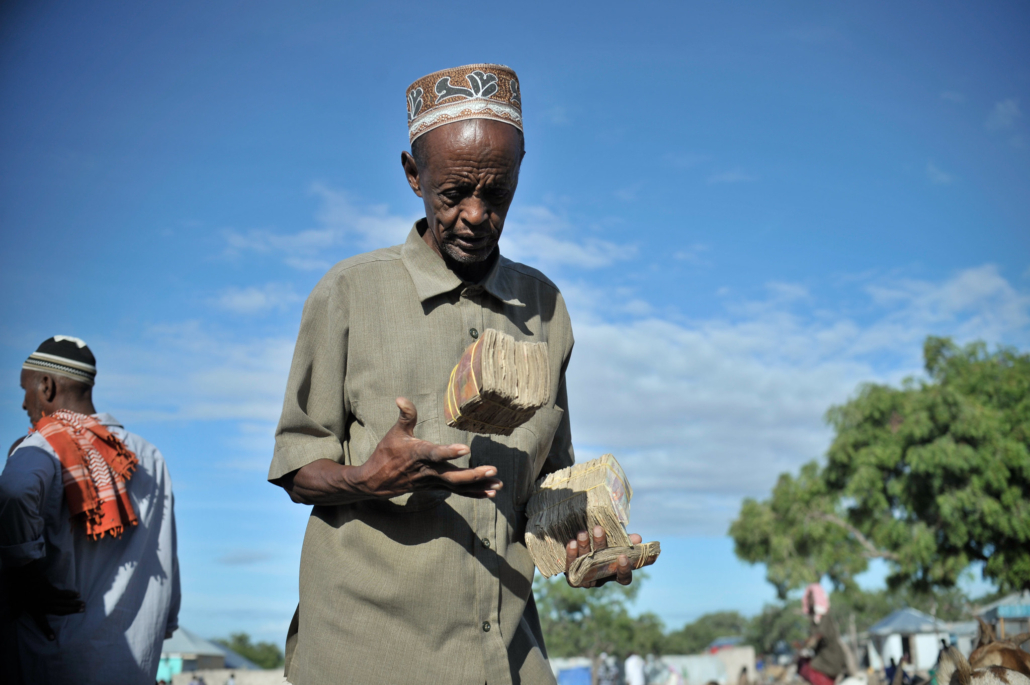
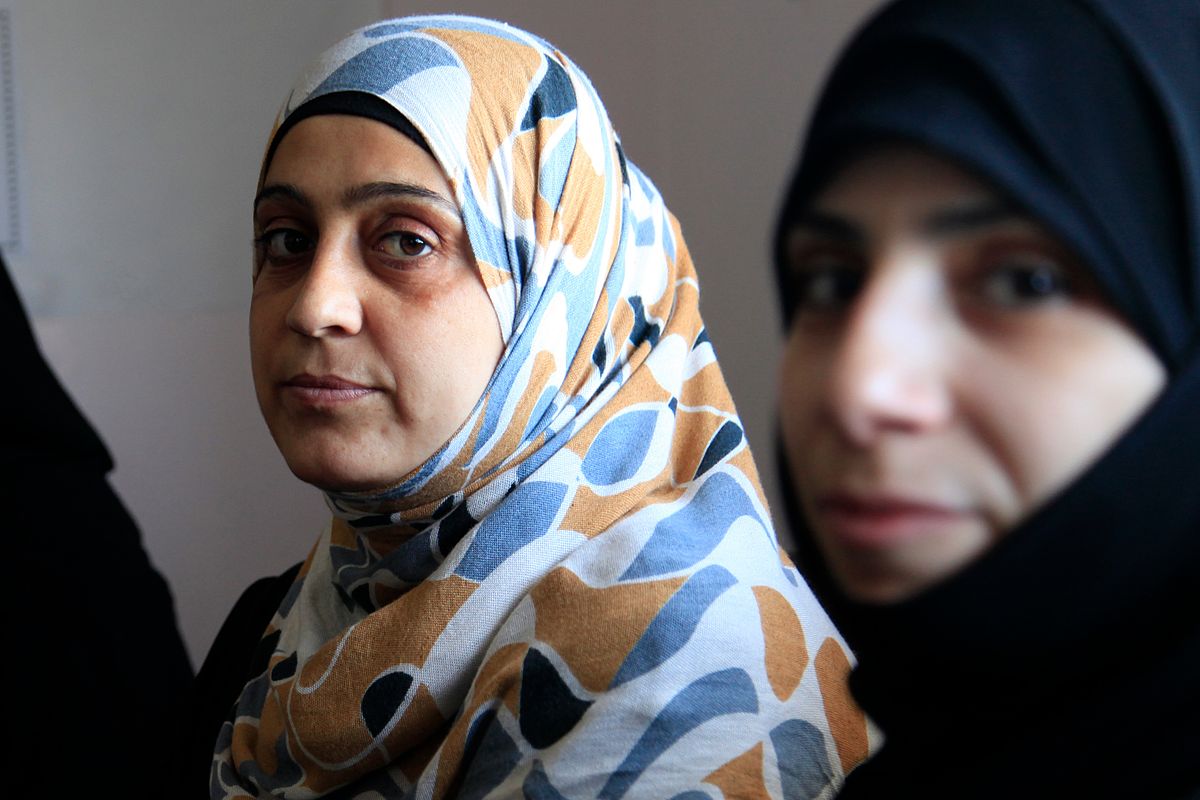
 People from lower-income countries are often overlooked as a target audience for mental health care. In impoverished countries, in particular, mental health care is crucial for breaking the cycle of potentially exacerbated mental illnesses that disproportionately affect underprivileged populations. According to the World Health Organization (WHO),
People from lower-income countries are often overlooked as a target audience for mental health care. In impoverished countries, in particular, mental health care is crucial for breaking the cycle of potentially exacerbated mental illnesses that disproportionately affect underprivileged populations. According to the World Health Organization (WHO), 